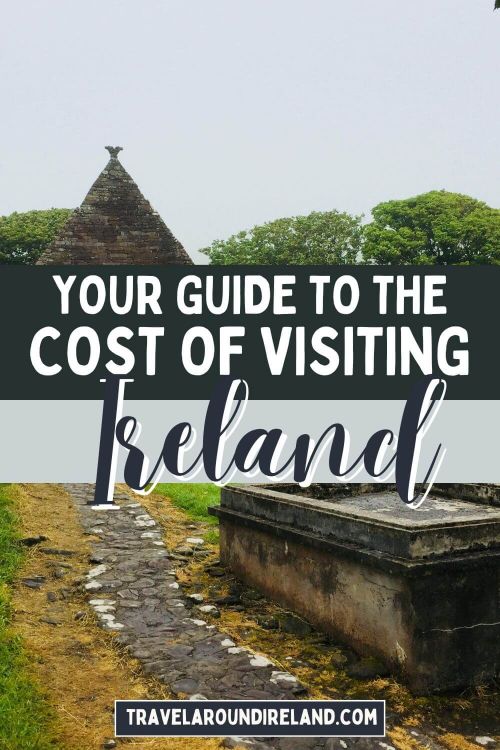Ireland is a captivating travel destination known for its lush landscapes, historic castles, and vibrant cities. From the bustling streets of Dublin to the serene countryside of County Kerry, visitors are drawn to its charm and rich cultural heritage.
There’s a common perception that travelling in Ireland can be expensive. While it’s true that certain aspects, like accommodation and dining, can be pricey, there are also many budget-friendly options available. This blog post aims to break down the various expenses involved, helping you plan an enjoyable trip without breaking the bank.
By exploring different cost areas, from transportation to attractions, readers will gain a clearer picture of what to expect financially. Whether you’re a backpacker or a luxury traveller, you’ll find useful information to tailor your trip to your budget.
Note: prices quoted in this article were based on a July arrival date in 2025.
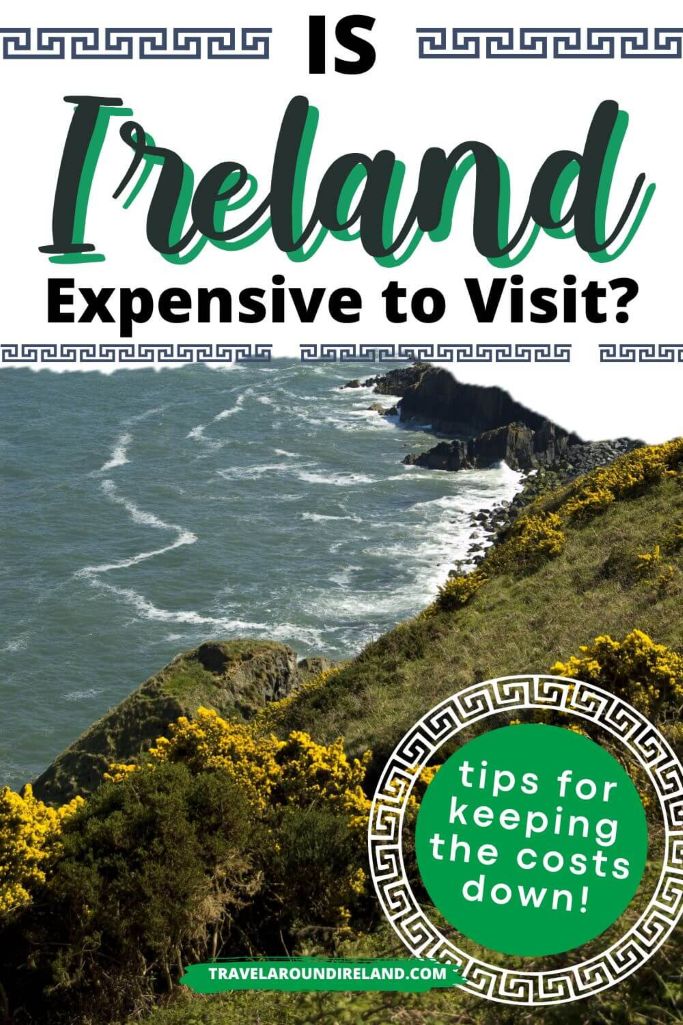
Accommodation Costs in Ireland
Accommodation options in Ireland cover a range of different types. Visitors can choose from hotels, hostels, bed and breakfasts (B&Bs), and Airbnb.
Hotels: Prices vary greatly. In Dublin, expect to pay €150-€300 per night for a mid-range hotel. In Cork and Galway, prices might be slightly lower, around €100-€200 per night.
Hostels: A budget-friendly option in both major cities and rural areas. In Dublin, for a July arrival date, dorm beds cost on average €50 per night. Private rooms in hostels for the same travel date were as expensive as hotel rooms, starting from around €180 per night.
B&Bs: These offer a homey and often more personalised experience. Rates can start from as low as €50 per night, depending on location and season.
Airbnb: Prices vary based on property type and location. In cities like Dublin, entire homes can cost €100-€300 per night. In smaller towns and rural areas, you might find entire homes for €60-€150 per night. This very much depends on travel dates and location as well.
Tips for Finding Affordable Accommodation
- Book Early: Prices tend to be higher closer to your travel date.
- Travel Off-Season: Visiting outside peak months (June-August) can yield significant savings.
- Flexibility: Being flexible with dates can help you find better deals.
- Local Platforms: Sometimes local booking platforms offer better rates than international ones.
Cost comparisons indicate that staying in cities like Dublin, Cork, and Galway will be pricier than rural areas. Budget travellers might consider visiting less touristy regions to save money.
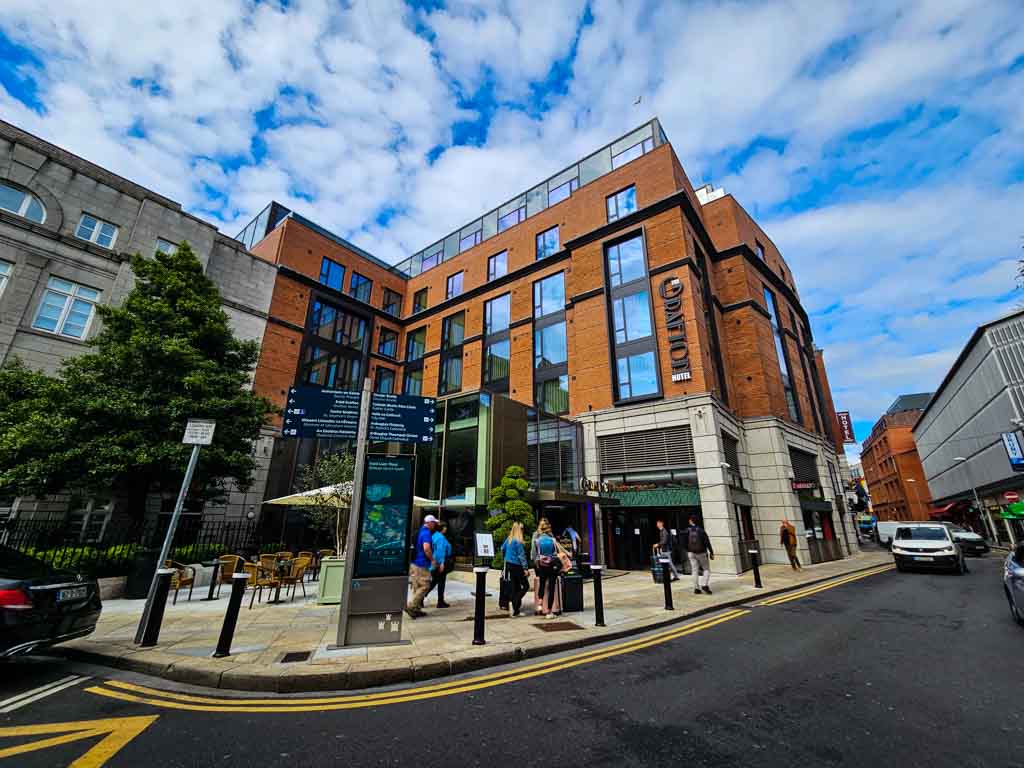
Food and Drink Expenses
Eating out in Ireland varies widely depending on the type of restaurant. Budget eateries offer meals from €10-€20, while mid-range restaurants might charge €20-€40 per person. High-end establishments can exceed €60 per person.
Groceries for self-catering are generally affordable. A week’s worth of basic supplies for one person can cost between €30 and €50, particularly if you shop in Aldi or Lidl. This includes items such as bread, milk, eggs, vegetables, and pasta.
Traditional Irish dishes, such as a full Irish breakfast, can cost around €10-€15 in cafes. Drinks like Guinness and whiskey are iconic and widely consumed. A pint of Guinness typically costs around €6 (closer to €10 or above in Temple Bar), while Irish whiskey can range from €6-€15 per shot, depending on the location of the pub. This will also depend on the make and age of the whiskey.
Learn more about Irish whiskey in my article about the best whiskey distilleries to visit in Ireland.
For those seeking budget-friendly options, markets and food stalls are excellent choices. Many towns hold weekly markets offering fresh, local produce and prepared foods at reasonable prices. Fast food chains and takeaway options such as fish and chips provide meals for under €10.
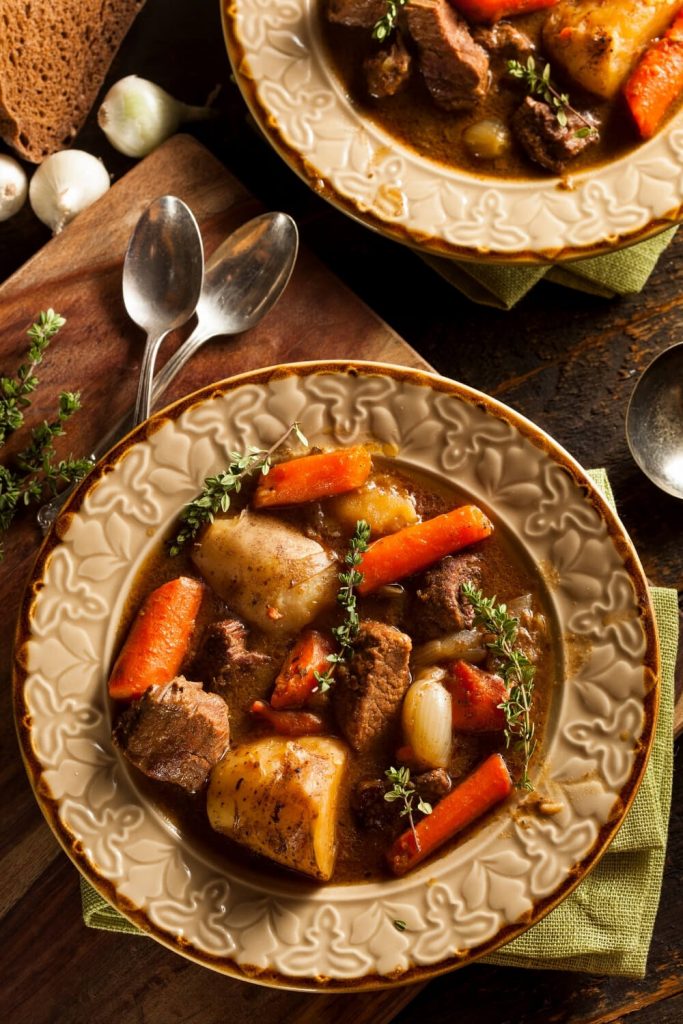
Transportation Costs
Costs for getting around Ireland can vary widely, depending on your mode of transport and where you want to travel to.
Public transportation in Ireland includes buses, trains, and trams.
Bus fares range from €2 to €3.10 for local rides around Dublin, while Dublin DART tickets can cost €2.60 for a single and €5.20, traveling from Dublin Connelly to Bray. Trams in Dublin cost around €2-€2.60 per way, depending on the length of the journey.
Here is my complete guide to getting around Dublin.
Car rental is another option. Prices vary but expect daily rates from €30 to €100+, depending on car type and rental company. Fuel prices in Ireland are around €1.67 to €1.80 per litre (for diesel and petrol/gasoline, respectively).
Intercity travel generally costs more than local transportation. A train from Dublin to Belfast costs approximately €30.40 for one way, and €44 for an open return, while Dublin to Galway is similar, with a single costing €30.45 and an open return costing €43.35.
For budget-conscious travellers, consider travel passes. The Leap Card offers discounts on buses, trains, and trams. Carpooling can also save money.
Tips for saving on transportation:
- Use Leap Card for discounts
- Book train tickets in advance
- Consider carpooling apps
- Rent compact or economy cars to save on fuel
These strategies can help manage transportation costs effectively while visiting Ireland.

Attraction and Activity Costs
When planning a trip to Ireland, it’s helpful to consider the costs associated with attractions and activities. Entry fees for some of the country’s most popular attractions can vary. For instance, admission to the Cliffs of Moher is €15 per adult when you buy at the gate (online tickets are cheaper) and Blarney Castle is €23 per adult.
Guided tours and experiences also contribute to the budget. Prices for tours can vary significantly based on the length and level of personalisation. A standard day tour might cost between €30-70 per person. More specialised or private tours could exceed this range.
Ireland offers a variety of free or low-cost activities. Visitors can enjoy hiking, visiting national parks, and exploring charming villages without spending much. These activities provide excellent opportunities to experience Ireland’s natural beauty without breaking the bank.
To maximise value while sightseeing, consider purchasing combination tickets for multiple attractions or using tourist discount cards. These options often provide savings and can make visiting multiple sites more affordable.
An example is the OPW Heritage card, which if you are planning to visit a lot of castles, stately homes and other popular attractions, can help you save money.
Another example is the Dublin Go Card through which you can combine the Hop on Hop off buses with entry into some of Dublin’s top attractions.
Here are some estimated costs for popular activities:
| Activity | Estimated Cost € |
| Cliffs of Moher entry | 15 (at the gate) |
| Blarney Castle entry | 23 |
| Standard Day Tour | 30-70 |
| Hiking | Free |
| National Park Visit | Free |
By balancing paid attractions with free activities and using discount options, visitors can enjoy a rich and diverse experience in Ireland without overspending.
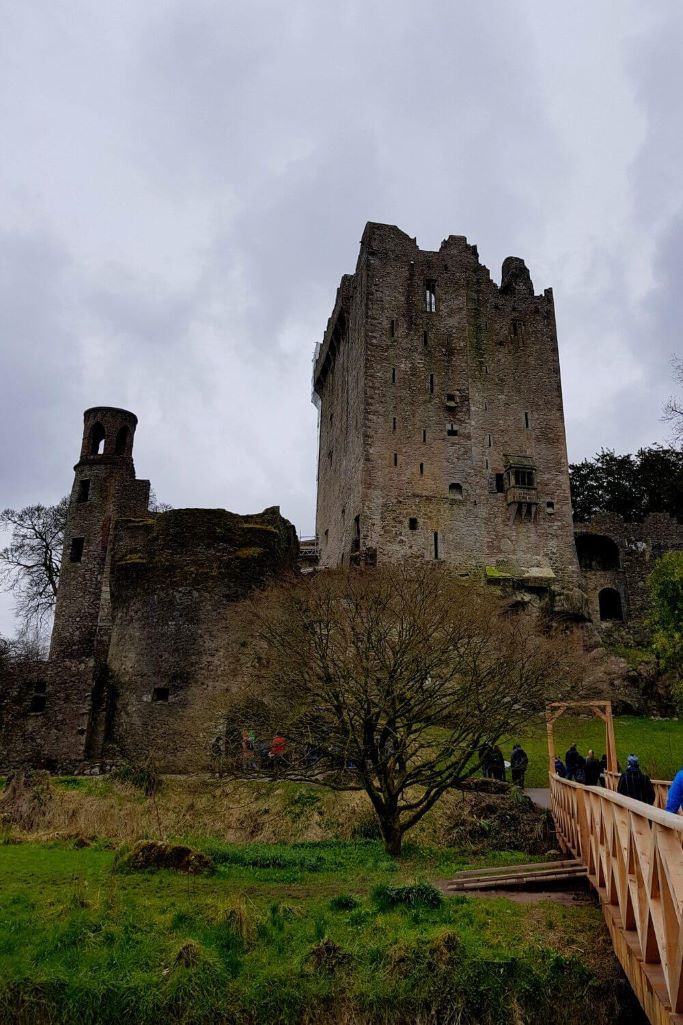
Seasonal Variations in Costs
Traveling to Ireland can vary significantly in cost based on the season. The high tourist season, which spans from June to August, often sees increased prices for accommodation, flights, and attractions. This is when many tourists flock to experience the warm weather and vibrant festivals.
In contrast, the low season, typically from November to February, offers more affordable travel options. Many hotels and airlines provide discounts, and attractions may have lower entry fees. However, the weather can be quite cold and wet.
Spring (March to May) and autumn (September to October) provide a middle ground, offering moderate pricing. These shoulder seasons can be an excellent time for budget-conscious travellers, with fewer crowds and pleasant weather.
Discover the best time to visit Ireland here.
Cost Comparison Table:
| Season | Accommodation | Flights | Attractions |
| High | $$$$ | $$$$ | $$ |
| Shoulder | $$$ | $$$ | $$ |
| Low | $$ | $$ | $$ |
Travelers seeking deals should look out for seasonal discounts. Off-peak periods often present opportunities for package deals that include accommodation and flights. Note that there are no seasonal changes to the entry prices for attractions in Ireland.
Weekend rates may be higher compared to weekdays, irrespective of the season. Planning travel dates carefully can further reduce expenses.
In summary, costs can vary widely throughout the year. Being mindful of these variations allows for more strategic planning and can significantly impact the overall travel budget.

Additional Expenses to Consider
Travel insurance is an important cost to account for when visiting Ireland. It’s wise to protect against potential misfortunes such as lost baggage, trip cancellations, or medical emergencies.
Currency exchange rates can affect the overall budget. It’s helpful to check rates ahead of time and consider fees associated with exchanging money. Using local ATMs may incur additional charges from your bank.
Tipping in Ireland differs slightly from other countries. It’s common to leave a 10-15% tip for good service in restaurants. Taxi drivers and hotel staff may also expect small gratuities.
Many travelers like to purchase souvenirs. From local crafts to speciality foods and beverages, these items can add up quickly. Keeping an eye on spending in gift shops can help manage the budget.
Shopping in Ireland offers unique opportunities to buy quality products. Designer goods, traditional clothing, and artisanal items can be tempting, so it’s good to set a spending limit in advance.
These additional costs can vary greatly depending on individual preferences and activities. Careful planning helps ensure that expenses remain manageable during the trip.
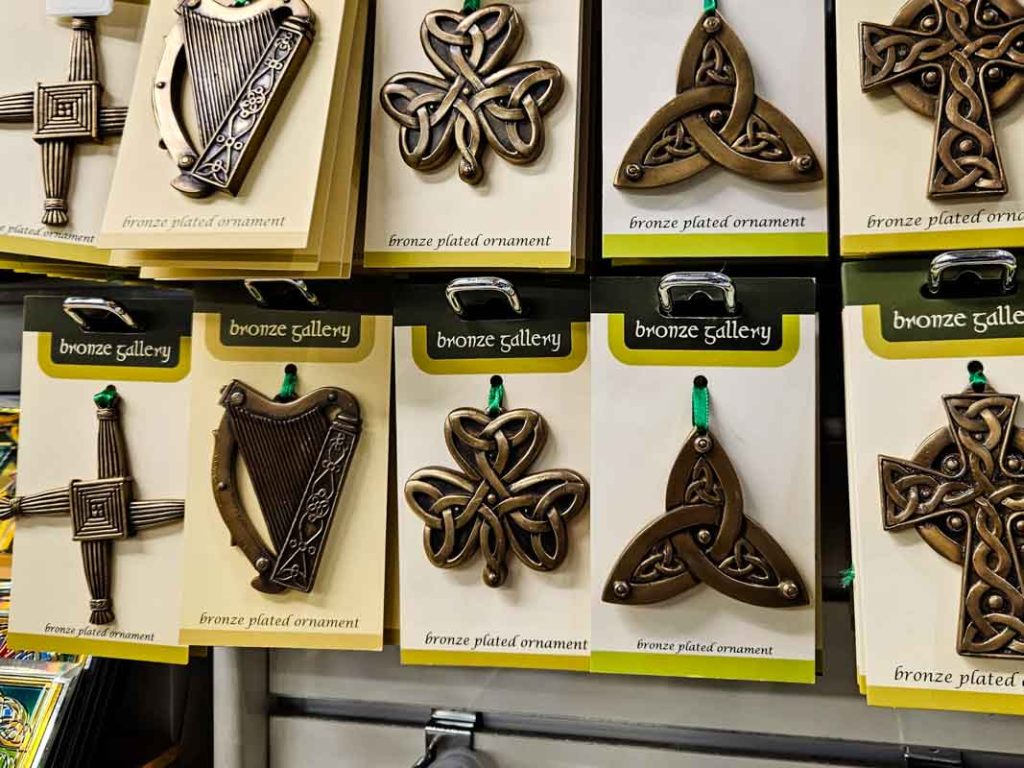
Cost Comparison with Other Destinations
When considering a trip to Ireland, it’s helpful to compare expenses with other European destinations like France, Spain, and Italy.
Accommodation
Ireland’s accommodation can be pricey, but not too dissimilar to other popular European cities.
A standard hotel room in Dublin might cost around €150-300 per night. In comparison, a similar room in Barcelona also starts from around €150 per night. Hotel rooms in Rome start from around €140 per night in the city centre for a 4-star hotel.
Food and Dining
Eating out in Ireland can also strain the budget. An average meal at a mid-range restaurant may set you back around €25-€30 per person. Meanwhile, dining in cities like Rome or Barcelona might range from €15-€20 per person for similar quality meals.
Attractions
Visiting popular tourist attractions in Ireland can also add up but are not too far off European attraction prices.
Entry to places like Dublin Castle or the Cliffs of Moher typically costs between €18-€15. Spain offers many free attractions, such as the numerous public parks in Barcelona, but entry to the Sagrada Familia starts from €39.99, while Italy’s entry fees for sites like the Colosseum are comparable, starting from €25.
So, as you can see, it is swings and roundabouts, but certain Irish sites are actually cheaper than some popular European tourist attractions.
Here’s a brief comparison table:
| Category | Ireland | Spain (Barcelona) | Italy (Rome) |
| Hotel (per night) | €150 | €150 | €140 |
| Meal (per person) | €25-20 | €15-20 | €15-20 |
| Attractions | €8-25 | Sometimes free to €40 | €25 |
Ireland offers stunning landscapes and rich culture, yet its costs can be relatively high.
Comparing these with other European options gives a clearer picture of potential travel expenses. And when comparing to other popular European cities, Irish prices are pretty similar and in certain cases, slightly cheaper.
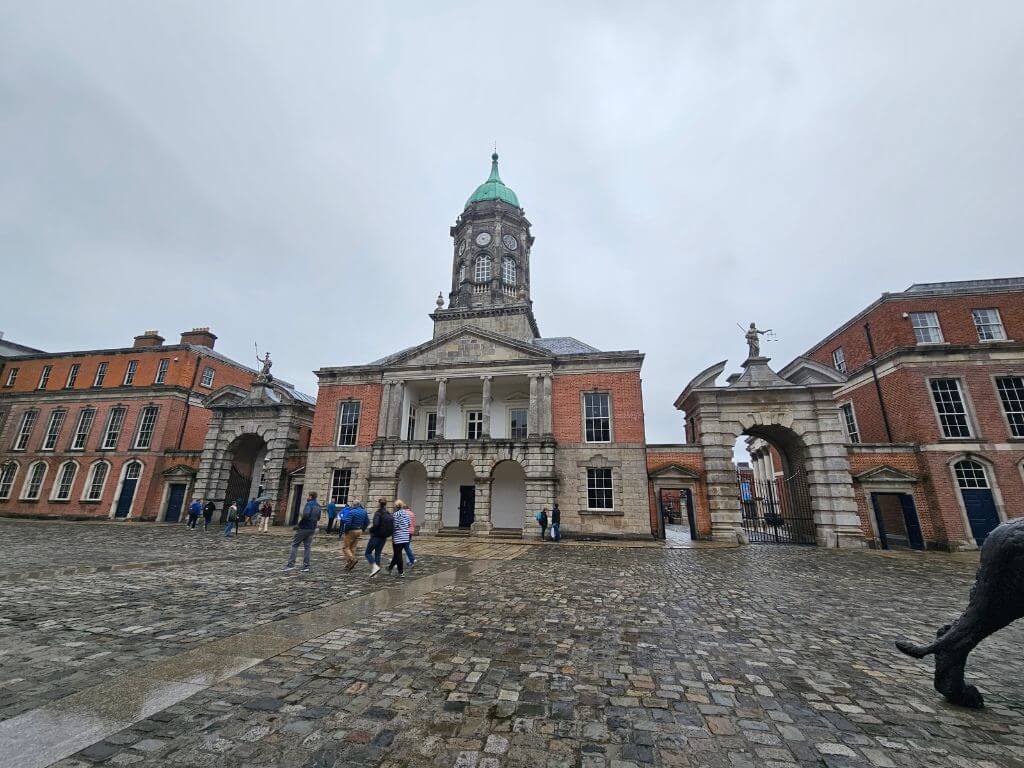
Money-Saving Tips and Tricks
Travelling in Ireland can offer great experiences without necessarily breaking the bank. Here are some helpful tips and tricks to keep your costs down.
Use Public Transport
Opt for buses and trains instead of taxis. The Leap Card can save money on Dublin’s public transport.
Accommodation
Consider staying in hostels or guesthouses. Websites such as Hostelworld and Booking.com often provide deals. Airbnb is also a popular option.
Dining
Eating at pubs rather than fine dining restaurants can save money. Many places offer early-bird menus with discounted prices.
Free Attractions
Ireland boasts many free attractions. Trinity College’s campus, the National Museum, and the Chester Beatty Library are all free to visit in Dublin. also, Ireland’s many beaches are also free to visit.
Discount Cards
Using things like the OPW Heritage Card or the Dublin Go Pass can save you money on things like entry to multiple sites as well as including the sightseeing Hop on Hop off city buses.
Travel Off-Peak
Visiting outside the peak tourist season can lead to lower prices for flights and accommodation. The shoulder seasons, like late spring and early autumn, offer good balance between weather and cost.
Use Deal Websites
Websites like Groupon often have deals on activities, restaurants, and tours. Check these regularly for bargains.
Self-Catering
Consider buying groceries and cooking some meals. This is particularly useful for longer stays and can dramatically cut food costs, especially when you have access to a kitchen.
Implementing these tips can ensure a more budget-friendly visit to Ireland.
Conclusion
Ireland offers diverse experiences that can cater to various budgets.
Accommodation ranges from luxury hotels to budget hostels, giving travellers options. Transportation costs can be managed with careful planning. Public transport is affordable, while rental cars provide flexibility at a higher price.
Eating out varies in cost. Pubs and casual dining provide good value. Fine dining can be costly.
Key points:
- Accommodation: Wide price range
- Transport: Affordable options available
- Food: Variable costs
- Attractions: Some free, while others are budget-friendly
With careful budgeting, Ireland remains an attractive destination. Planning ahead and considering different options can help manage expenses effectively.
Before you go, check out these useful reads for your trip:
- Best Reasons to Visit Ireland
- How to Travel to Ireland on a Budget
- Costly Travel Mistakes You Want to Avoid when Traveling Ireland
Pin these for later!
